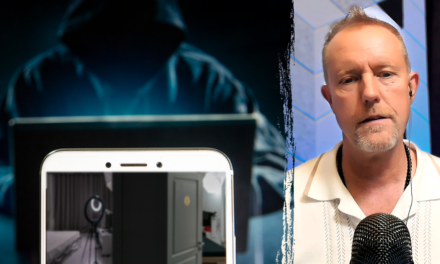In a striking analysis of programming choices, a recent study reveals that the daytime talk show ‘The View’ has featured an impressive number of liberal guests in 2025, totaling 63, without a single appearance from a conservative figure. This finding has sparked a significant discussion regarding the show’s ideological balance and the potential influence it may have on audiences who tune in to hear diverse perspectives.
The data, observed meticulously throughout the year, indicates that ‘The View’ has focused solely on left-leaning political voices for its guest segments, prompting conversations among critics and supporters alike. The study, carried out by various media watchdogs and political analysts, highlights the glaring absence of conservative commentary on a platform that is traditionally recognized for presenting a plethora of viewpoints.
Each episode of ‘The View’ typically features a roundtable of co-hosts alongside guest appearances, which are an integral part of its format. Viewers expect a blend of opinions on current events, ranging from political topics to social issues. However, with no conservative guests invited onto the show in 2025, concerns about the lack of balance have emerged—especially given the platform’s reputation for encouraging open discussions.
This overwhelming count of 63 liberal guests raises questions about the show’s editorial choices and whether they are reflective of a broader trend within media landscapes, which are oftentimes accused of leaning toward one ideological perspective. The guests featured have included prominent liberal activists, political figures, and cultural icons who share a progressive agenda. Names that have appeared range from well-known senators to popular figures in the entertainment industry who advocate for liberal causes.
Critics of the show argue that inviting conservatives onto the platform could provide a necessary counterpoint to the predominantly liberal viewpoints expressed by guests. Discussions surrounding pressing topics such as healthcare, climate change, immigration policies, and women’s rights are gaining new insights from diverse perspectives—a contrast to the echo chamber created by a singular ideological focus. The absence of conservative voices may limit the discourse, leading to a homogeneous representation of opinions that does not reflect America’s political diversity. Such uniformity could be detrimental to audiences who rely on televised conversations to form a rounded understanding of pivotal issues.
Supporters of the show, however, contend that ‘The View’ has consistently championed liberal viewpoints as part of its identity and that this focus resonates with its core audience. Having established a significant viewership among progressive-minded individuals, the show may feel justified in this approach. The co-hosts, predominantly liberal themselves, may naturally gravitate toward guests who align with their viewpoints, creating a comfortable environment for discussion that avoids confrontation typically associated with partisan debates.
The lack of conservative guests has also incited reactions from various segments of the media and political commentators. Some argue that diversity of thought is essential not only in politics but within media programming as well. They assert that with the rising polarization in politics, it becomes increasingly vital to explore varying viewpoints to foster understanding and constructive dialogue. An inclusive approach could empower audiences to critically evaluate differing ideologies and perhaps even adjust their perspectives based on informed discussions.
Beyond the immediate implications for ‘The View’, this situation is indicative of a larger trend observed across several media platforms. The presence of partisan media is growing, with certain outlets and programs catering specifically to one side of the political spectrum. This can create risk of audiences retreating into ‘bubbles’ of information that reinforce existing beliefs without exposing viewers to dissenting opinions. This phenomenon calls into question the role of media in building empathy among differing political views, as well as its responsibility in fostering healthy debate.
Interestingly, the implications of hosting predominantly one ideological perspective can extend into the realm of audience engagement and influence. Viewing habits may shape the political consciousness of audiences, particularly among younger viewers who may turn to television as a source of news and opinion. The reinforcing nature of such programming could potentially influence electoral behavior and public perception, ultimately shaping societal norms and values.
No television program exists in a vacuum, and therefore, the discussions surrounding ‘The View’ and its choices of invited guests are reflective of broader societal divisions and trends in the media landscape. The relevance of political diversity must be continuously evaluated so as to ensure a balanced representation of viewpoints, particularly in media, where influence can be vast and profound.
In summary, the findings of this recent study raise key questions about the commitment of ‘The View’ to providing a balanced portrayal of American political life. With an overwhelming majority of liberal guests taking the spotlight while conservative voices remain absent, discussions about the impact of this format on audience perspectives and public discourse are only just beginning. The broader implications of this trend reflect an ongoing challenge faced by media entities striving for balance in an increasingly divided political landscape.
The upcoming landscape of talk shows and political discourse will undoubtedly continue to evolve. As both viewers and critics keep a watchful eye on the programming choices of such influential shows, the hope remains that diversity of thought will become a priority, ultimately rewarding audiences with a richer tapestry of perspective in the media they consume.
































